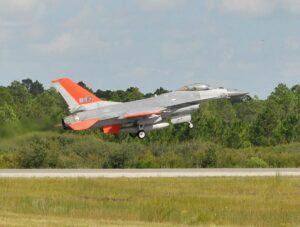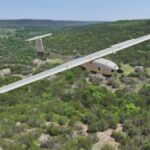
The U.S. Air Force is asking for defense companies' input on whether they are able to build "next generation aerial targets" to mimic fifth generation potential adversary fighters, such as the Chinese FC-31 and PL-20 and the Russian Su-57. The Air Force goal is to have aerial targets with a suite of radio frequency (RF) emitters, electronic attack (EA) features, and expendables, such as chaff and flares, to emulate the advanced potential adversary aircraft--a suite with a development cost of…














